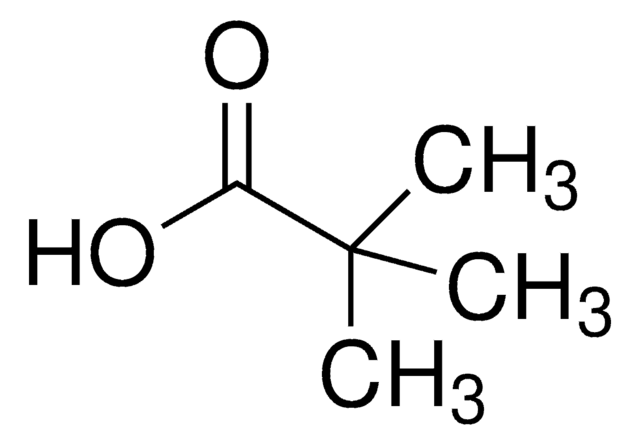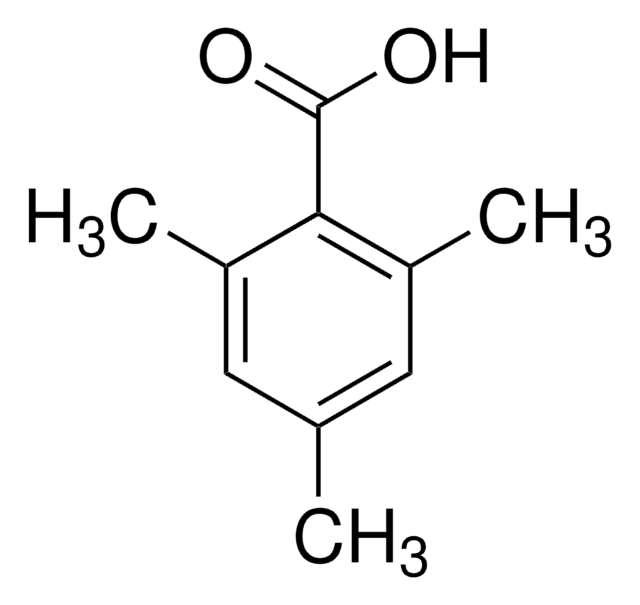P31701
2-Phenylpropionic acid
97%
Sinónimos:
(±)-2-Phenylpropionic acid, (±)-Hydratropic acid
About This Item
Productos recomendados
Ensayo
97%
índice de refracción
n20/D 1.522 (lit.)
bp
260-262 °C (lit.)
densidad
1.1 g/mL at 25 °C (lit.)
cadena SMILES
CC(C(O)=O)c1ccccc1
InChI
1S/C9H10O2/c1-7(9(10)11)8-5-3-2-4-6-8/h2-7H,1H3,(H,10,11)
Clave InChI
YPGCWEMNNLXISK-UHFFFAOYSA-N
Información sobre el gen
human ... IL8RA(3577)
¿Está buscando productos similares? Visita Guía de comparación de productos
Categorías relacionadas
Aplicación
Palabra de señalización
Danger
Frases de peligro
Consejos de prudencia
Clasificaciones de peligro
Eye Dam. 1 - Skin Corr. 1B
Código de clase de almacenamiento
8A - Combustible corrosive hazardous materials
Clase de riesgo para el agua (WGK)
WGK 3
Punto de inflamabilidad (°F)
298.4 °F
Punto de inflamabilidad (°C)
148 °C
Equipo de protección personal
Eyeshields, Gloves, type ABEK (EN14387) respirator filter
Elija entre una de las versiones más recientes:
¿Ya tiene este producto?
Encuentre la documentación para los productos que ha comprado recientemente en la Biblioteca de documentos.
Los clientes también vieron
Chromatograms
application for HPLCNuestro equipo de científicos tiene experiencia en todas las áreas de investigación: Ciencias de la vida, Ciencia de los materiales, Síntesis química, Cromatografía, Analítica y muchas otras.
Póngase en contacto con el Servicio técnico













